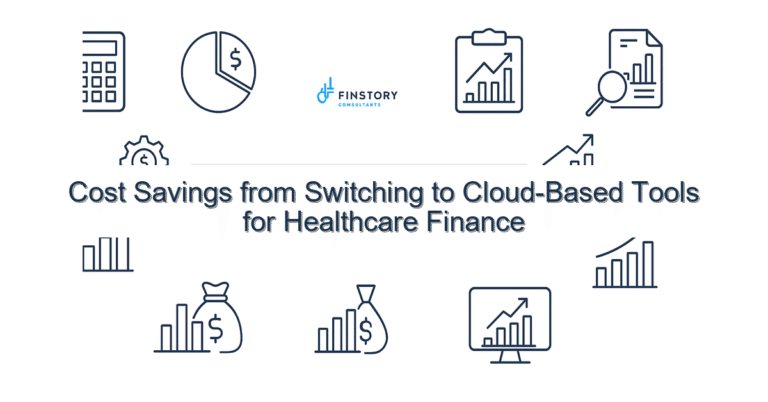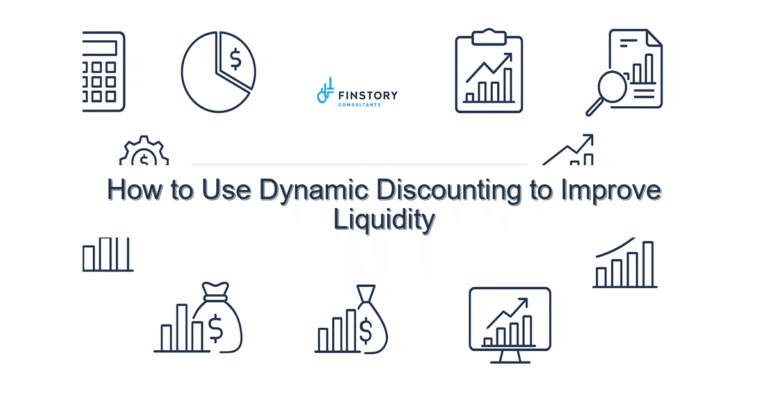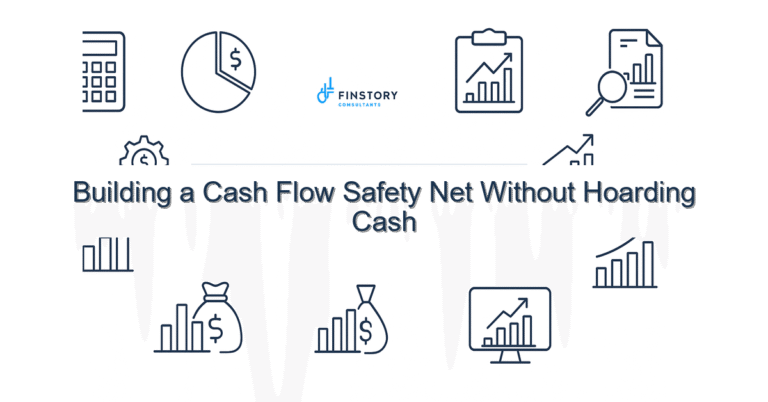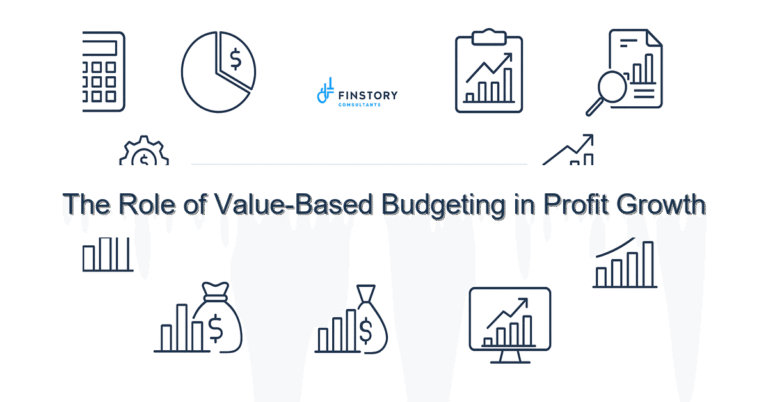Understanding Fixed vs. Variable Costs and Why It Matters
Ever feel like your costs keep showing up without warning? You’re not alone.
For small business owners, understanding the difference between fixed and variable costs isn’t just Accounting 101 — it’s essential to making smarter decisions. From pricing and profit forecasting to break-even analysis, this one concept shapes nearly everything.
Let’s break it down simply — no jargon, no textbooks.
What’s the Difference?
🔒 Fixed Costs
These stay the same, no matter how much you sell. Think of them as your “monthly subscription” to run the business.
Examples:
- Rent or lease payments
- Salaries for full-time staff
- Insurance
- Software subscriptions
Whether you sell one unit or 10,000, fixed costs don’t budge.
🔄 Variable Costs
These go up or down depending on your activity. The more you sell, the more you spend.
Examples:
- Raw materials
- Packaging
- Shipping costs
- Hourly freelancers or contractors
- Transaction fees
More customers = more variable costs.
Why This Matters (More Than You Think)
Understanding what’s fixed and what’s variable helps you:
- Set smarter prices
- Calculate break-even points
- Forecast cash flow
- Know when scaling makes sense
- Avoid surprises in a slow month
Real-World Example: Online Clothing Brand
Meet Jay, who runs a small ecommerce brand selling custom T-shirts.
Fixed costs:
- Shopify and email tools: $250/month
- Warehouse rent: $1,000/month
- Assistant’s salary: $2,500/month
Variable costs per shirt:
- Fabric + printing: $7
- Packaging + shipping: $4
- Payment fees: $1
He sells shirts for $25 each. That’s an $13 profit per shirt after variable costs — but not including fixed costs.
To break even, Jay needs to sell enough shirts to cover those monthly fixed costs. If he sells 300 shirts, he’s in the clear. If not, he’s dipping into reserves.
By understanding the cost structure, Jay can make data-driven decisions:
- Run promos if sales dip
- Cut fixed costs (renegotiate rent?)
- Raise prices or reduce packaging cost
Hypothetical: Marketing Consultant
Sophie is a solo marketing consultant with two service tiers:
- Tier 1: Strategy Session ($300 flat) – no major variable cost
- Tier 2: Ongoing Social Media Management ($1,200/month) – includes freelance designer + ad spend
Her fixed costs are minimal (Zoom, email tools, etc.). But variable costs on Tier 2 can creep up depending on how much content is needed.
By tracking variable costs per client, Sophie realizes her profit margin is higher on strategy sessions than she thought — and tight on the retainer clients.
She decides to:
- Raise monthly rates slightly
- Create a premium version of the Strategy Session
- Cap how many management clients she takes on
How to Start Tracking Yours
You don’t need fancy software to get started.
1. Make a list of all expenses
Look at 1–3 months of bank and card statements.
2. Label each one
Is it fixed (same each month) or variable (changes based on activity)?
3. Look at patterns
- Are fixed costs too high for your current revenue?
- Are some variable costs growing faster than sales?
Where a Virtual CFO Helps
A Virtual CFO can:
- Create cost breakdowns and dashboards
- Model break-even and “what-if” scenarios
- Help you reduce costs without hurting growth
- Identify whether you’re spending in the right places
This kind of clarity can transform how you run your business.
Final Thought
Understanding your costs isn’t about cutting corners — it’s about making every dollar work smarter.
Fixed and variable costs are the foundation of financial clarity.
So here’s your move:
Take one afternoon, pull up your expenses, and just label them. You’ll be surprised what it reveals.
And if you want help seeing the big picture, that’s what strategy-minded finance partners (like Virtual CFOs) are for.






